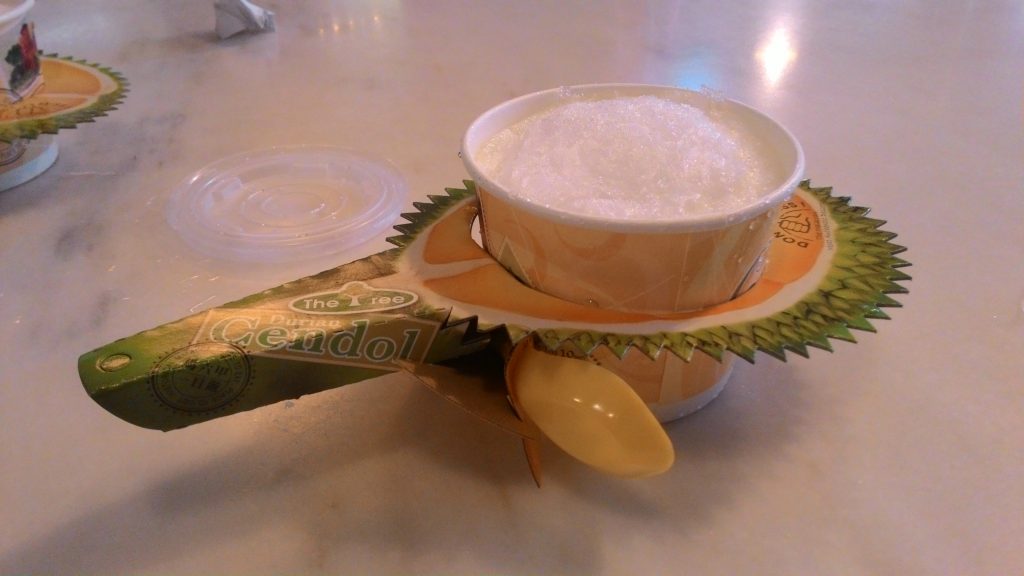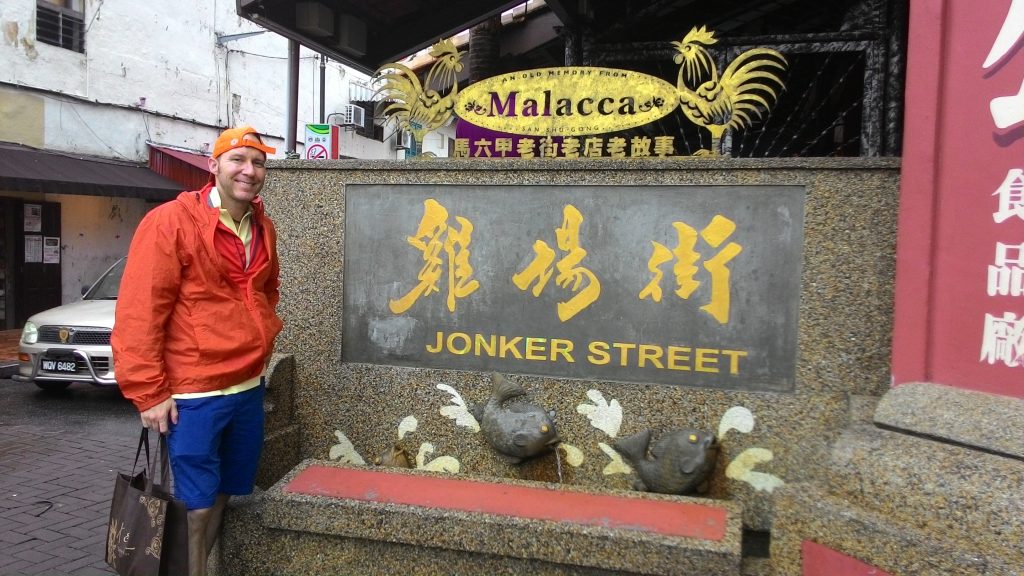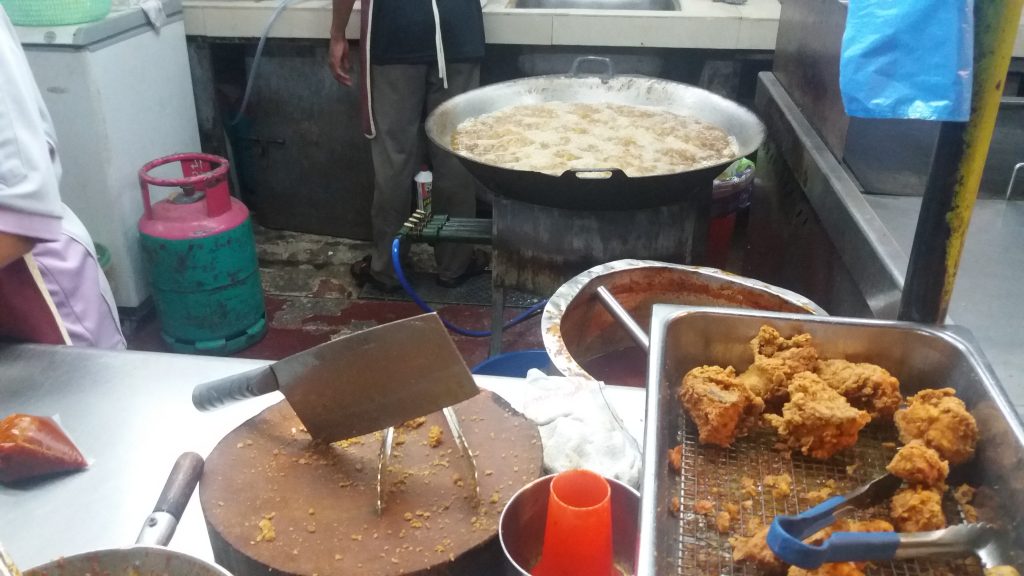Malaysia: Penang, Malacca, and Georgetown
Most meaningful experience: Learning about the diverse history of Malacca and Georgetown. Cooking Class in Penang!
Eating, eating and eating – the hawker stalls in Malacca and Georgetown are sensational!
Top tips:
– Get lost in the bustling streets of Malacca’s Chinatown and admire the diverse architecture along Harmony Street.
– Learn about Penang’s unique Peranakan heritage at the Pinang Peranakan Mansion.
– Do a cooking class to learn how to make authentic Malay dishes and pastes.
– Trek or ride the cable car up Penang Hill for sweeping views across the island.
After numerous trips to Kuala Lumpur, I finally had the opportunity to travel outside of the bustling Malaysian capital, visiting the multicultural trading hubs of Penang and Malacca. Blending Malay, Chinese, Indian and European cultures, they’re a fascinating example of how mercantile exchanges have resulted in multiple faiths and cultures existing harmoniously and peacefully.
Not only do they exhibit distinct architecture in their churches, temples and shopfronts but the food is amazingly complex and delicious. These two cities are a testament to the multicultural heritage of Asia and two of Malaysia’s most enticing destinations.
Between the late-16th century and early-18th century, Malacca served as a major trade hub between Europe, India and China. It was ruled by the Portuguese from 1540 until the Dutch took over in 1640, followed by the arrival of the British and Japanese in the late 1800s. The old Portuguese town is still inhabited by the local people, with a large Dutch area dominated by red houses just across the river. In the midst of all this is a scattering of British-influenced buildings, resulting in an intoxicating mix of churches, townhouses and temples.
My favorite part of Malacca is Chinatown, which centers around three streets – Jalan Tun Tan Cheng Lock (packed with cafes, hotels and shops), Jalan Hang Jebat or Jonkers Street (a foodie hub dishing up all types of curries, noodles and rice dishes) and Jalan Tokong, which is also known as Temple or Harmony Street. Here you’ll find buildings of all different faiths, including the Kampung Kling Mosque (Islam), the Sri Poyyatha Vinayagar Moorthi Temple (Hinduism), Cheng Hoon Teng Temple (Taoism, Buddhism, Confucianism) and Xiang Lin Si Temple (Buddhism).
After visiting Malacca, I headed to Penang Island, which clusters around the UNESCO World Heritage-listed city of Georgetown. It’s an intriguing blend of cultures and religions, with mosques, temples and churches scattered throughout the streets. I visited the distinctive blue Cheong Fatt Tze Mansion and the Pinang Peranakan Mansion that explores the island’s Peranakan heritage, as well as Fort Cornwallis that was built by the British East India Company in the late 18th century. I also wandered through Little India was a very cool area to explore, as was Armenia Street, which is famed for its shopping and unique art.
It was in Georgetown that I finally came to understand the Malaysians’ love of food. You can spend all day just eating in that town, with outdoor hawker stands absolutely everywhere. I visited Gurney Lane that is divided into two sections – one for the Chinese and another serving Halal cuisine for local Muslims. I also visited the New Lane Hawker Centre that does great Chinese dishes and congee, then headed to the Long Beach Food Court at night where they dish up fantastic seafood along the beachfront.
I loved the Malaysian food so much that I did my first ever cooking class while in Penang. It was run by Pearly who took us to the market to pick up ingredients before returning to her home to cook up Capitan Curry and Mee Goreng. The cuisine of Penang is known as Nyonya, which blends Chinese with Malay, southern Indian and Thai influences. Many of the dishes are based on pastes such as sambal belacan, which we learned to make during the class.
Pearly explained that she used to be scared of American tourists because they complained so much and wanted their money back for no reason. But over the years she has found they are becoming more easy going and she’s grown to like them, something I thought was a great sign of how people are traveling with more open minds to really experience the world.
Before my flight home, I made the trek up to Penang Hill (which you can also visit by cable car) and arrived dripping with sweat as a group of Indian tourists came to help me. The summit was packed with people and places to eat, with the same buzzing vibe as Georgetown below.
While taking in the views across Penang, I thought about a Malay phrase I’d learned – “I want to be the worm in your stomach” – which translates as wanting to understand everything. I thought how much I’d love to return to Malaysia to learn more about what was fast becoming one of my favorite countries in the world.

Jpeg 

Jpeg 



